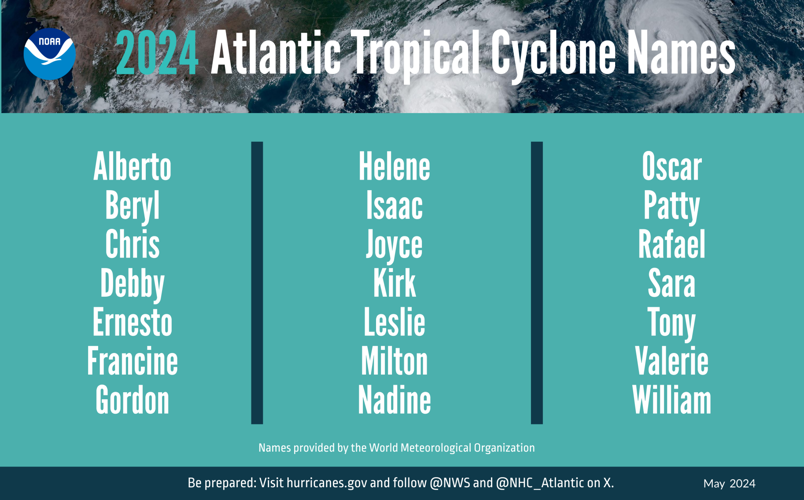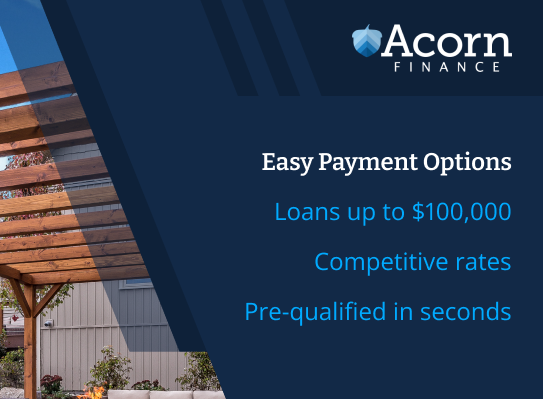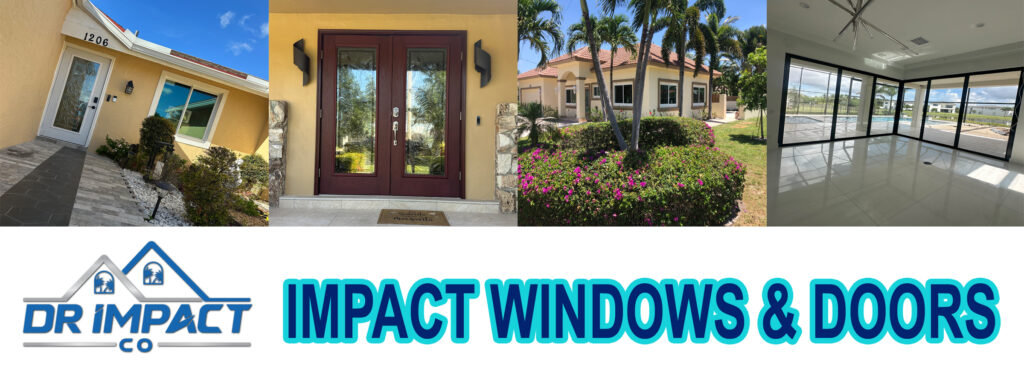
Why Dr Impact Co Excels in Impact Window and Door Installations in Broward, Florida
At Dr Impact Co, we pride ourselves on being Broward’s top choice for impact window and door installations. Our success stems from a combination of expertise, quality, and personalized care that larger companies simply can’t match. Based right here in Broward, we understand the unique demands of Florida’s climate—hurricanes, heat, and humidity—and tailor every installation to protect homes against these challenges. Our team brings years of hands-on experience, ensuring precise, durable installations that meet the strictest local building codes. We source only the highest-quality impact-resistant materials, designed to withstand Category 5 storms, reduce energy costs, and enhance home security. Unlike big corporations, we treat every project as a partnership, offering custom solutions, transparent pricing, and a commitment to exceeding expectations—leaving your home safer, more efficient, and more beautiful.
Why Supporting a Small Business Like Dr Impact Co Matters
Choosing Dr Impact Co means investing in more than just your home—you’re supporting a local Broward small business that fuels our community. As a small company, we keep money circulating locally, creating jobs and strengthening the economy right here in South Florida. We’re not a faceless chain; we’re your neighbors, deeply rooted in Broward, and driven by a passion to serve our fellow residents. Supporting us helps preserve the personal touch and accountability that small businesses bring—values often lost with larger firms. Plus, your choice empowers a team that thrives on word-of-mouth and customer satisfaction, ensuring we go above and beyond to earn your trust and deliver results you’ll rave about.
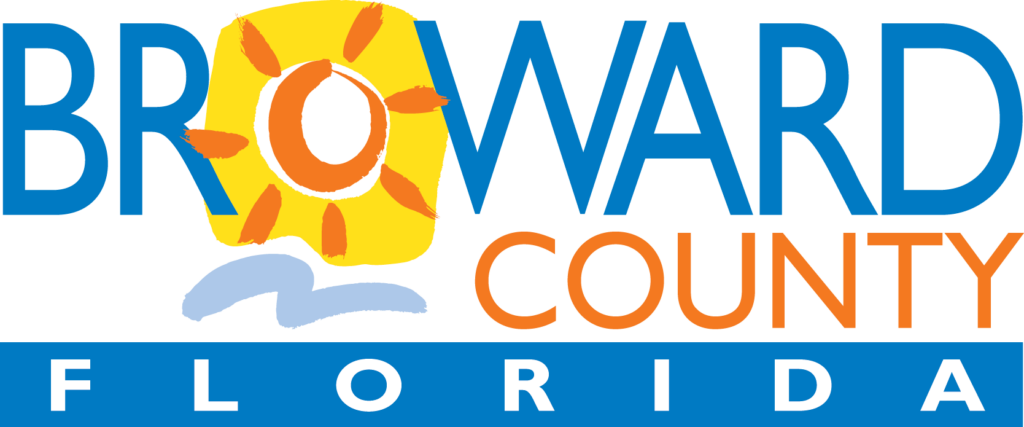
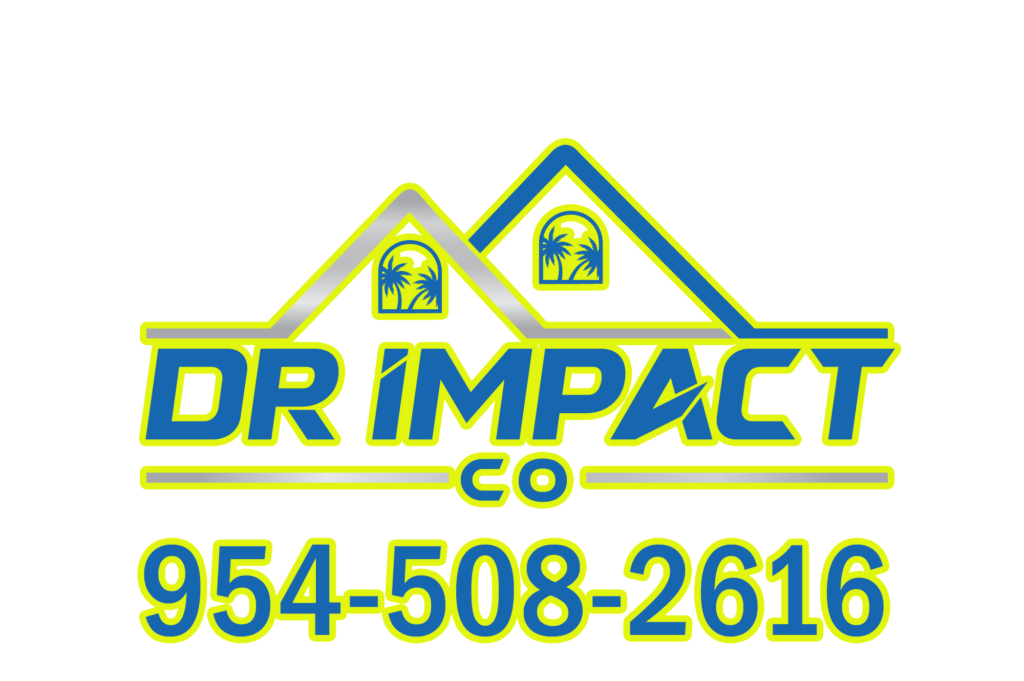
Serving (Broward County)
Tamarac Florida
Sunrise Florida
Pompano Beach Florida
Plantation Florida
Coral Springs Florida
Hollywood Florida
Parkland Florida
Weston Florida
Coconut Creak Florida
Fort Lauderdale Florida
North Lauderdale Florida
Lauderdale Lakes Florida
Davie Florida
Wilton Manors Florida
Deerfield Beach Florida
Serving Communities
Wynmoor Coconut Creek Florida 55+
Sunrise Lakes Phase I, Phase 2, Phase 3, Phase 4 (55+) Community
Lauderdale West Florida
Oriole Gardens Phase III
Lauderhill East
Century Village Deerfield Florida
Leisure Ville Pompano
Kings Point
Hawaiian Gardens Florida 55+
Palm Aire Condos Florida

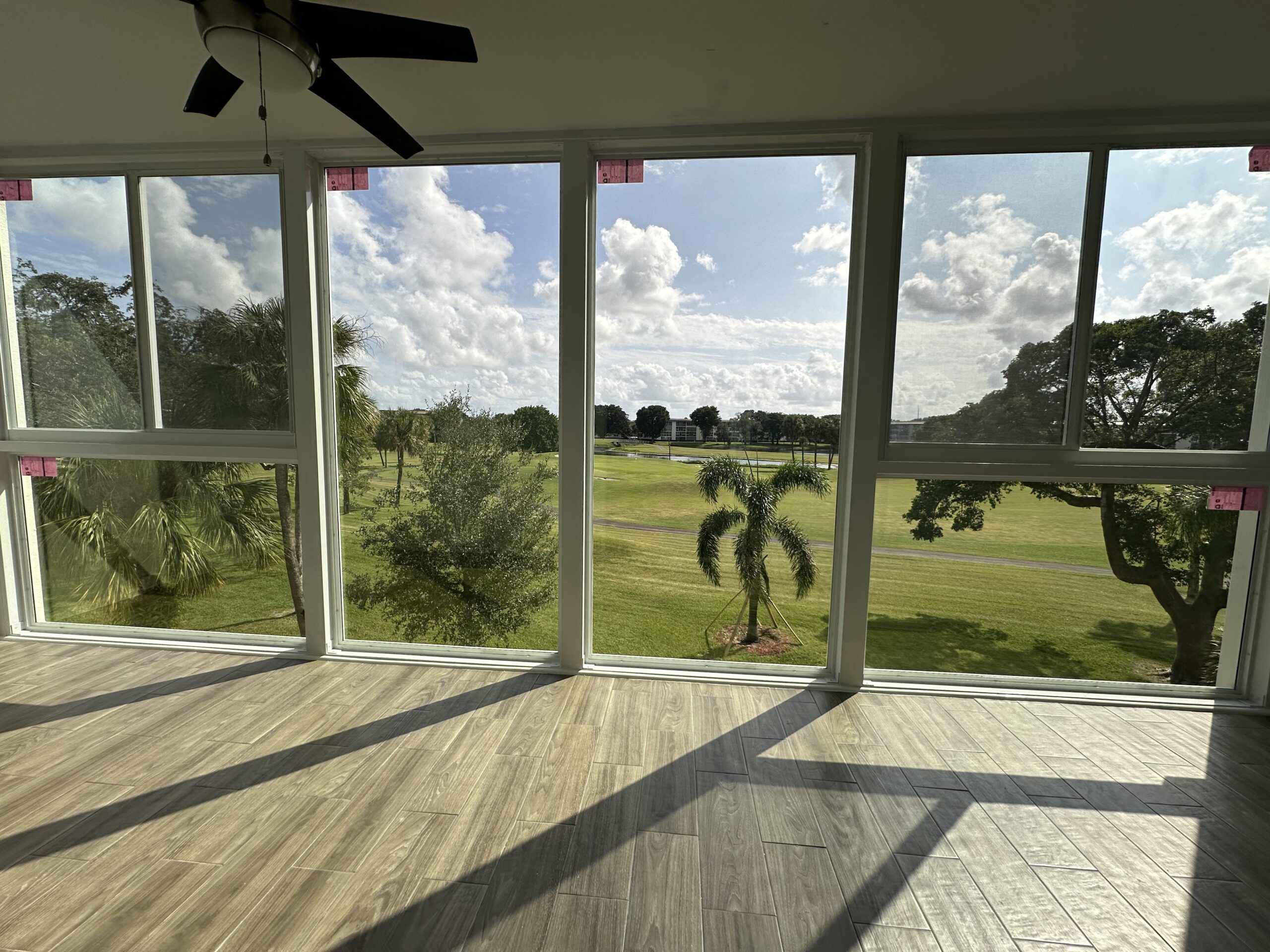
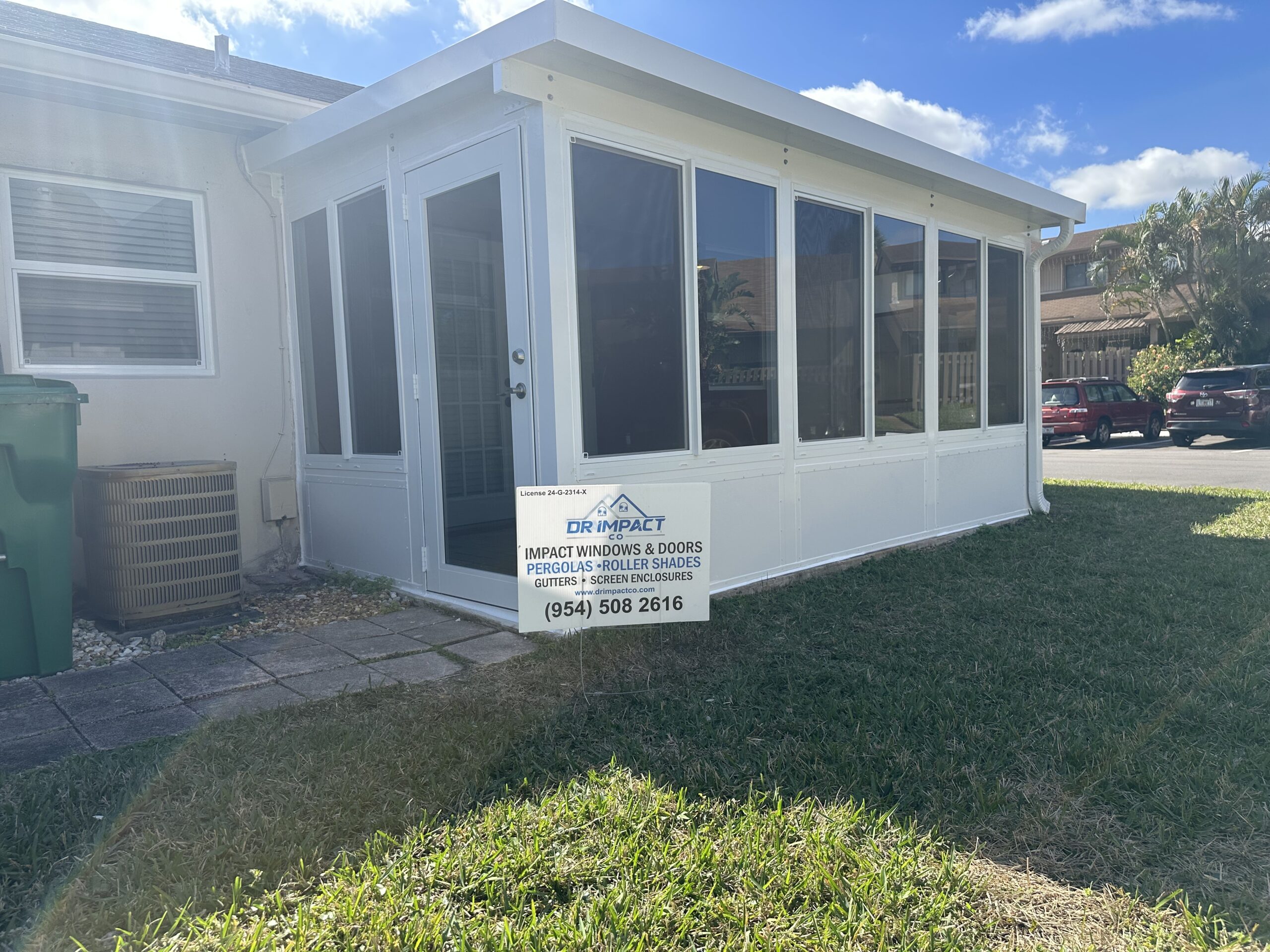

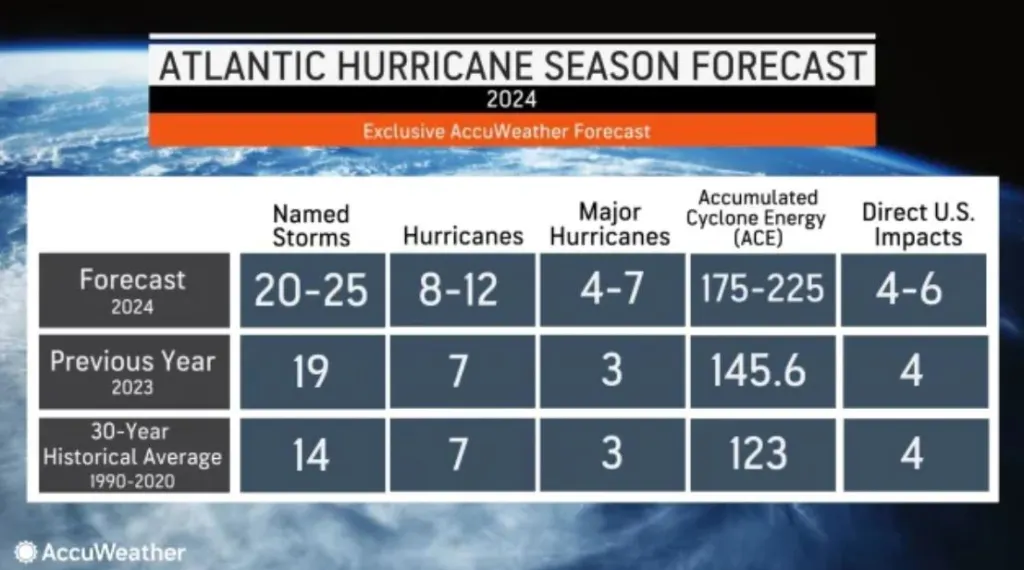
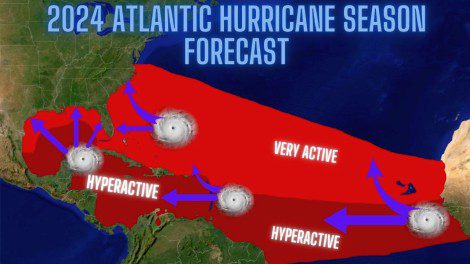 People in the path of hurricanes should be prepared, and know where to evacuate and how to get there if a hurricane is bearing down on their home, forecasters and emergency managers stress.
“Think about what you need to do to protect yourself, your loved ones, and even your pets should a hurricane head your way this summer,” says Erik Hooks, deputy administrator at FEMA,
People in the path of hurricanes should be prepared, and know where to evacuate and how to get there if a hurricane is bearing down on their home, forecasters and emergency managers stress.
“Think about what you need to do to protect yourself, your loved ones, and even your pets should a hurricane head your way this summer,” says Erik Hooks, deputy administrator at FEMA,